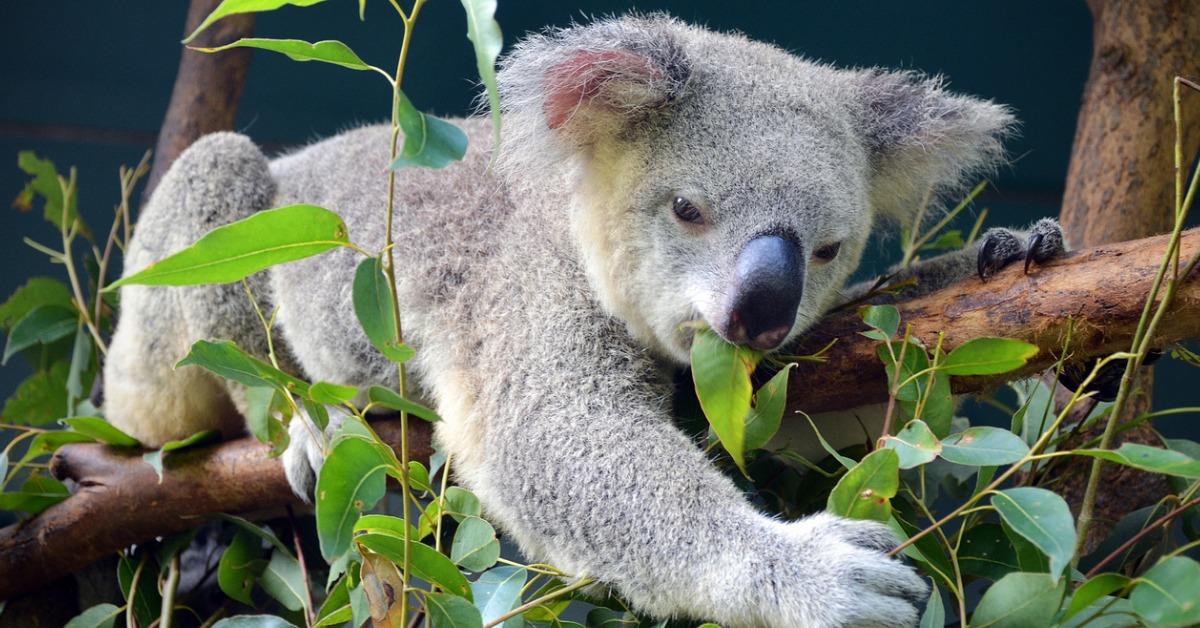why are endemic species are more prone to extinction ?

This is the introduction to the article...
An endemic species refers to a species of plant, animal, or microorganism that is native to and exclusively found in a particular geographic area or region and is not naturally found anywhere else on Earth. These species have typically evolved over time within the confines of that specific region and have adapted to its unique environmental conditions, such as climate, terrain, and available food sources.
Here is some more content in the article...
Breeding Opportunities: Many migratory birds that can withstand cold temperatures migrate to warmer areas to breed. Warmer climates typically offer a longer breeding season with a greater abundance of insects and other food sources crucial for raising their young. By migrating to these areas, they increase their chances of successful reproduction. Avoiding Competition: Migrating to warmer areas can also help birds avoid competition with resident bird species that are adapted to cold environments. In colder regions, there may be limited resources, and resident birds may have already established territories and food sources. By migrating to warmer areas, these birds can avoid competing with resident species and have access to more resources. Reducing Predation Risk: Some cold-tolerant birds migrate to warmer areas to reduce their risk of predation. Cold climates can limit the activity of predators, such as birds of prey and mammals. By migrating to warmer areas, they may encounter fewer predators, increasing their chances of survival. Thermoregulation: While these birds can withstand cold temperatures, prolonged exposure to extreme cold can still be physiologically demanding. By migrating to warmer areas, they can avoid the stress of prolonged cold exposure, which can impact their overall health and survival. Daylight Duration: The length of daylight varies with latitude, with higher latitudes experiencing shorter days during the winter. Many migratory birds are triggered to migrate by changes in daylight hours. Warmer regions closer to the equator have more consistent day length throughout the year, providing a stable environment for these birds. Social Factors: Some birds migrate in flocks, and the behavior of the group as a whole can influence migration patterns. Social interactions and group dynamics can play a role in the decision to migrate to warmer areas, as birds may follow the lead of others in their flock. In summary, birds that can withstand freezing cold temperatures may migrate to warmer areas primarily for reasons related to food availability, breeding opportunities, energy conservation, and avoiding competition and predation. Migratory behavior is a complex adaptation that allows these birds to optimize their chances of survival and reproduction throughout the year.
Comments
Post a Comment